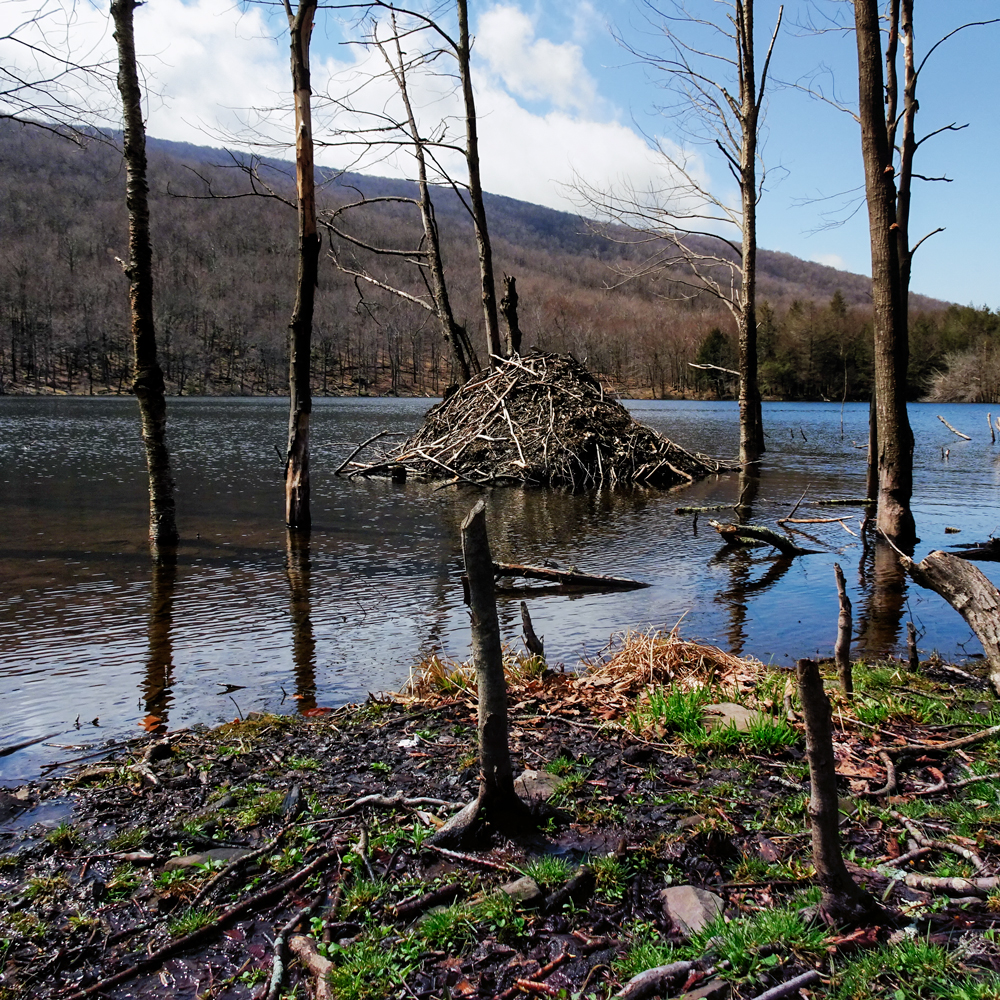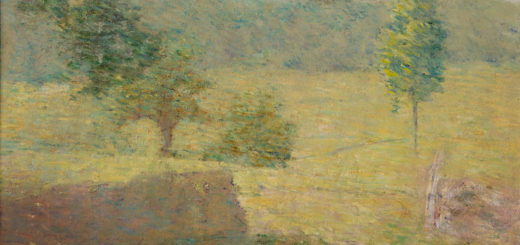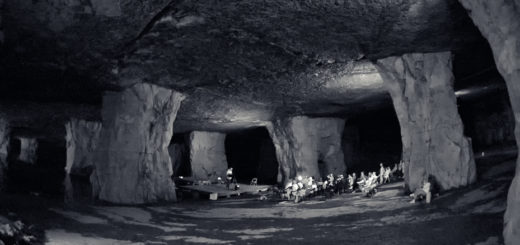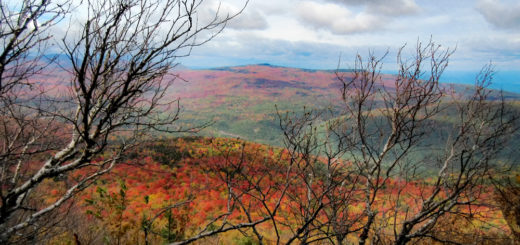Excursion to Shew’s Pond
I hadn’t been to Shew’s Pond in more than forty years. But after reading “Trouting Among the Catskills”—a little essay by Charles Lanman—I wanted to revisit the place. Born in 1819, Lanman was an adventure writer turned landscape painter who would eventually go on to write a series of Congressional biographies that gained him a bit of fame. At the time he wrote this essay—recounting an overnight visit to the wilds of Shew’s Pond—he was still very much a young man in search of adventure, picturesque scenes, and trout. His writing reminded me of how much I enjoyed my own visit there on an overnight backpack trip when I was sixteen. I wondered what the pond looks like today, and how it might compare to my memory of it from 1974 and to Lanman’s account from 1844.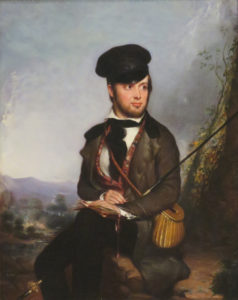
On Saturday, April 28, 2018, snow was still visible on the higher peaks of the central range of Catskill Mountains, but in the valleys it was all birdsong and the promise of spring. I drove through intermittent fog and sunshine to a trailhead close by a place called Devil’s Kitchen. No other vehicles were in the parking area. I shouldered my little pack and headed down the trail. A newish replica of an historical king post bridge afforded easy crossing of a swollen creek. Shortly after that, I came upon the first (or at least the first one I noticed) of several installations of interpretive signage designed to steer the hiker’s mind in a particular direction. Mine has always been an errant sensibility, so I ignored the sign, except to note its vague resemblance to a certain variety of postmodern tombstone. The trail was more or less as I remembered it, actually an old road—pretty easy to follow—but just in case, blue plastic disks nailed to trees signaled the way. No getting lost here. It was a three-and-a-half mile walk to Shew’s Pond.
Back in his day, Lanman traveled there via a much more difficult route. He and two companions scaled a steep and rocky ravine along the eastern flank of South Peak, stopping to take in the view from the summit before descending the somewhat more gentle northern slope to the isolate pond, which appeared below in the distance as a perfect blue circle nestled in a mountain alcove. There they made camp “under a large impending rock” and set about tackling the business at hand: trout fishing. They proceeded to cut eighty poles and fix lines to them. They bailed out an old canoe sunk by the shore, “and, having baited our hooks with the small fish which we brought with us, we arranged the poles around the lake, in about seven feet of water.” Having accomplished these preliminaries, they returned to camp to eat their supper and wait for the fish to bite. As they sat around the campfire, Lanman cajoled his guide—a young fellow by the name of Peter Hummel—into regaling them with stories of previous adventures on Shew’s Pond. Hummel—whom Lanman describes as “the wildest and rarest character I have known, and would be a great acquisition to a menagerie”—happily obliged. He gasconaded about the hundreds of “harmless murders” he had committed in this vicinity. “In one day, he shot three deer; at another time, a dozen turkeys; at another, twenty ducks; one night, an old bear; and again, half a dozen coons; and, on one occasion, annihilated a den of thirty-seven rattlesnakes.” The time passed quickly in this manner and darkness descended. It was time to light a torch and go check the fishing lines. Lanman was in luck: “It was my peculiarly good fortune to haul out not less than forty-one trout, weighing from one to two pounds a-piece. Now, if this wasn’t sport, I should like to know what is?”
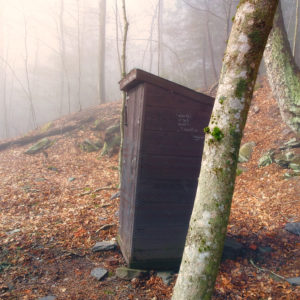 My own excursion to Shew’s Pond proved far less sporting. I walked along the mist-shrouded trail past a number of abandoned bluestone quarries. These sites have been abandoned for so long they have regained, somewhat, the appearance of being “natural”—if one ignores the various thrones, tables, and hearths that people have fashioned for themselves out of the quarry rubble and arranged around the sites. Ruinous elegance such as this suggests what we have here are specimens of vernacular folly. Further down the trail, an unoccupied Adirondack-style lean-to with its attendant outhouse leant to a picturesque atmosphere. Scrawled on the lintel of the outhouse were the words—“Love is God.” While on the side of the structure, perhaps in the same hand, there was this gnomic utterance: “While all of this exists I cannot be unhappy”—as if to remind the passerby that all forms of excretion are pleasurable if not holy. I returned to the trail. From this point, it was another two and a half miles to my destination, but this went by quickly as I was caught up in pondering questions begged by the writing on the outhouse walls.
My own excursion to Shew’s Pond proved far less sporting. I walked along the mist-shrouded trail past a number of abandoned bluestone quarries. These sites have been abandoned for so long they have regained, somewhat, the appearance of being “natural”—if one ignores the various thrones, tables, and hearths that people have fashioned for themselves out of the quarry rubble and arranged around the sites. Ruinous elegance such as this suggests what we have here are specimens of vernacular folly. Further down the trail, an unoccupied Adirondack-style lean-to with its attendant outhouse leant to a picturesque atmosphere. Scrawled on the lintel of the outhouse were the words—“Love is God.” While on the side of the structure, perhaps in the same hand, there was this gnomic utterance: “While all of this exists I cannot be unhappy”—as if to remind the passerby that all forms of excretion are pleasurable if not holy. I returned to the trail. From this point, it was another two and a half miles to my destination, but this went by quickly as I was caught up in pondering questions begged by the writing on the outhouse walls.
Arriving at the lake, I found things much changed from the images in my memory. For one, the lake seemed bigger, more extensive than I recalled. Also the shoreline was now more open and grassy, compared to the tangle of forest that had come right up to the shore when I last here over four decades ago. Indeed, I found myself now standing in the middle of a logging operation, one being conducted by a formidable crew of beavers—though none of whom were presently visible. They must have been on break. The scene was desolate as any forest clearcut made by human beings. A wide swath of stumps and fallen trees encircled the pond. A towering lodge of sticks and branches cemented with mud rose menacingly from the blue waters several yards out from the shore. The whole scene looked scruffy and uninviting.
The marks of humankind, however, were also in evidence—in the form of abundant regulatory signage nailed to trees not yet harvested by the rodent loggers. No Camping Within 150 Feet of Water. The Use of Fish, Dead or Alive, Is Prohibited—Worms Permitted. Possession of More Than 3 Trout Or Trout Smaller Than 10 Inches On The Shore Of This Lake Is Prohibited. So many signs! So much information! Not that I’m complaining. Without all those high-visibility “Forest Preserve” signs passed along the way, I never would have known I was in the middle of a “Wilderness Area.” Even so, I felt no desire to linger here at Shew’s Pond. Everything had changed but nothing had happened. I returned the way I came.
©John P. O’Grady
Originally appeared in The Mountain Eagle on May 4, 2018
